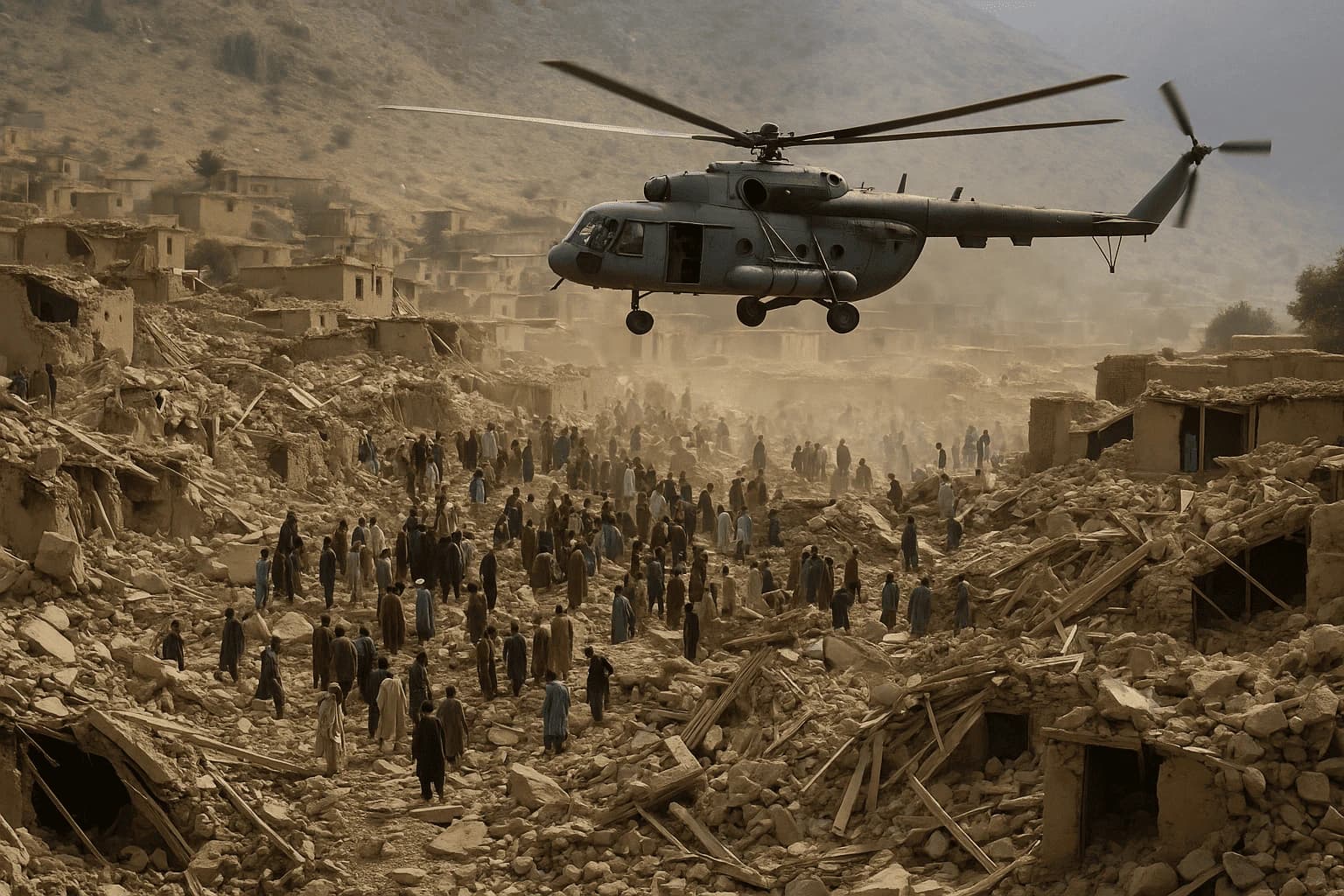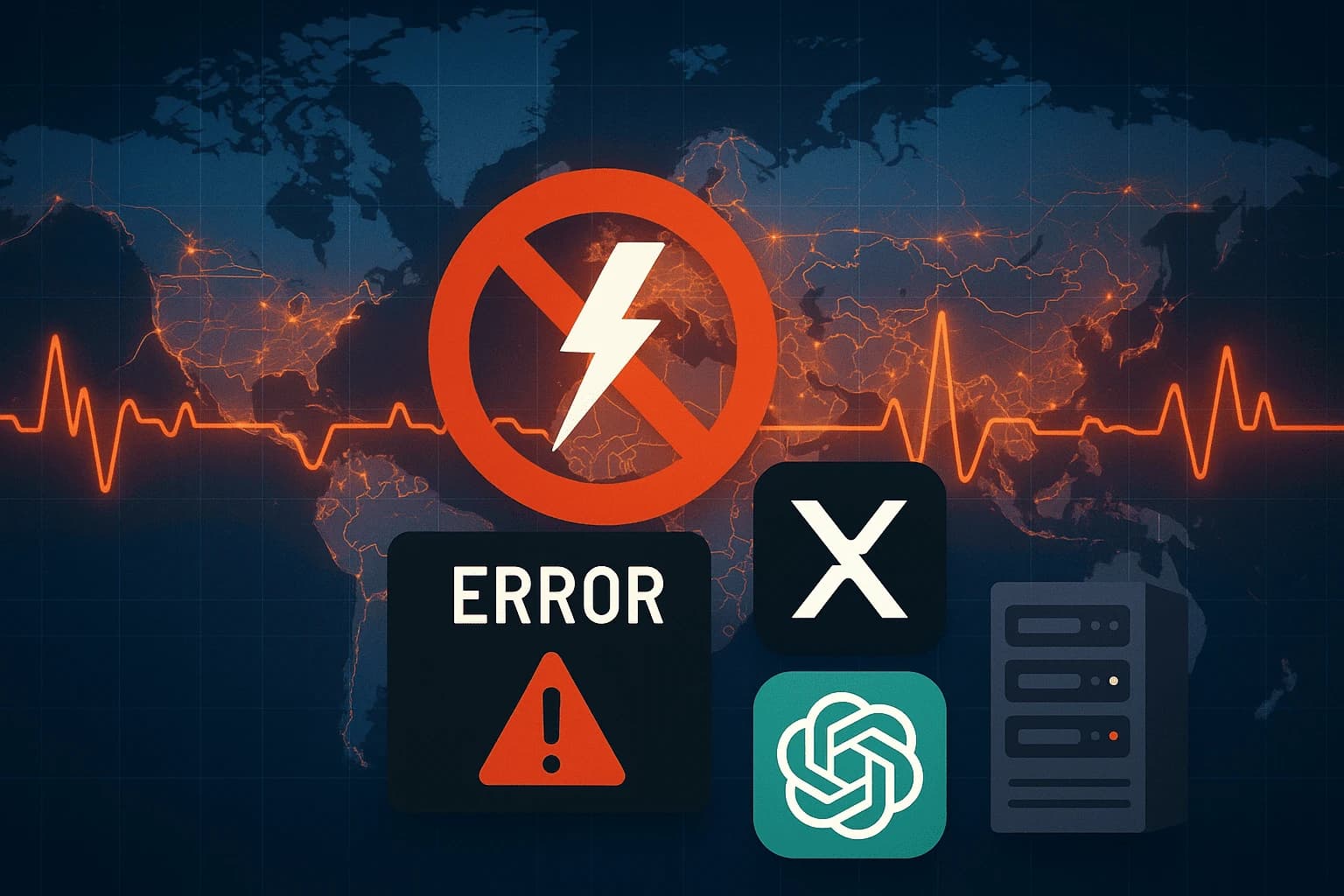© 2025 Roz UpdatesbyTETRA SEVEN

* All product/brand names, logos, and trademarks are property of their respective owners.
A powerful 6.0 magnitude earthquake struck eastern Afghanistan late Sunday night, causing massive destruction across the provinces of Kunar and Nangarhar. The quake hit while most people were sleeping, leaving them little time to react. So far, more than 800 people have died, and over 2,500 are injured, with many still missing.
Entire villages were flattened, and homes made of mud and stone collapsed in seconds. The earthquake sent terrified families running into the night as aftershocks followed, and many were forced to spend the night outdoors in fear of more tremors. The shaking was also felt in parts of Pakistan and Central Asia.
This disaster has quickly become one of the deadliest in recent years for the region, putting enormous pressure on emergency services and aid agencies working to respond.
In the immediate aftermath, Afghan rescue teams, backed by helicopters, ambulances, and local volunteers, began racing to reach remote mountain villages. Access to many areas remains limited, with blocked roads, landslides, and unstable terrain slowing rescue efforts. Helicopters have become the only lifeline for some of the worst-hit communities.
Eyewitness accounts from survivors paint a grim picture. Entire families are believed to be buried under rubble, with many homes collapsing in seconds.
“There is death in every home,” said one survivor, recounting the devastation in his village.
Others reported digging through debris with bare hands, desperately searching for family members and neighbors.
Over 12,000 people are estimated to be directly affected, with thousands left homeless. Relief organizations, including UNICEF and the Red Cross, have begun deploying emergency supplies: tents, clean water, medical kits, and psychological support.
UN agencies are urging the international community to respond quickly. Afghanistan, already facing economic and humanitarian crises, lacks the infrastructure to manage disasters of this scale on its own.
The global community has started to respond:
The United Kingdom pledged £1 million to support UN-led operations.
India has sent emergency tents and food supplies.
China and Iran have both offered technical and humanitarian support.
Other countries and NGOs are expected to follow suit in the coming days.
Afghanistan’s interim authorities have activated emergency response units and appealed for international help. Rescue efforts are being coordinated with UN disaster teams, while medical teams are being flown into the region to treat the injured.
As aftershocks continue, the immediate priorities remain rescuing survivors, clearing rubble, and delivering aid. The death toll may still rise as more villages are reached and damage assessments continue.
This is one of the deadliest earthquakes in the region in recent years a sobering reminder of the vulnerability of disaster-prone regions lacking resilient infrastructure.

22 November 2025

18 November 2025
No comments yet. Be the first to comment!